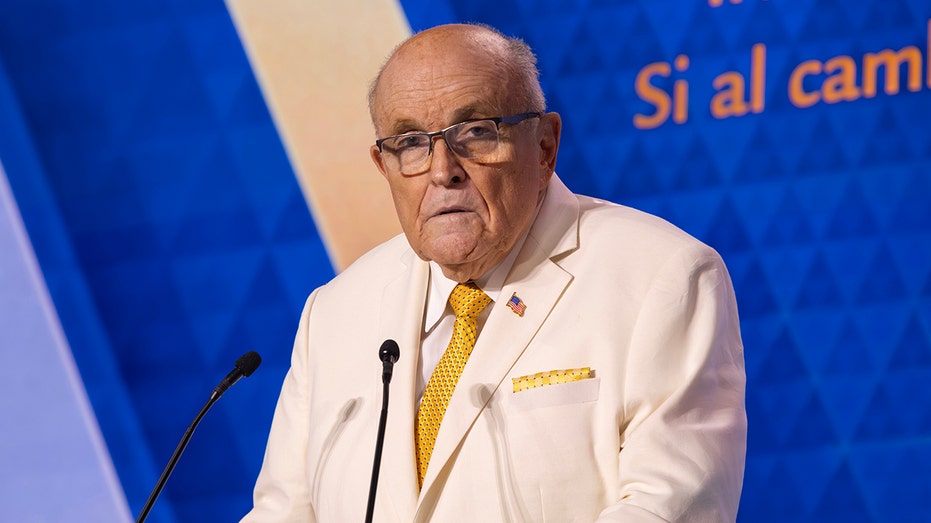A car crash that seriously injured former New York City Mayor Rudy Giuliani in New Hampshire on Saturday night was not a targeted attack, a spokesman for the 81-year-old said.
Michael Ragusa, spokesman and head of security for Giuliani, said the former mayor had been flagged down by a woman who was the victim of domestic violence when he stopped to help and called 911. After officers arrived, Giuliani departed in his rental vehicle, which was then struck from behind at a high speed on the highway.
"This was not a targeted attack," Ragusa said in a reply to an initial statement on X. "We ask everyone to respect Mayor Giuliani’s privacy and recovery, and refrain from spreading unfounded conspiracy theories."
The former mayor was hospitalized with multiple injuries, including "a fractured thoracic vertebrae," multiple lacerations and contusions and injuries to his left arm and lower leg, Ragusa said in an initial statement on Sunday.
Ragusa gave an update on Giuliani’s condition to Fox News Digital on Monday.
"Mayor Giuliani’s condition continues to improve, and he is expected to be discharged from the hospital within the next few days," Ragusa said in a statement. "This is a man who survived 9/11—so a little car accident won’t be slowing him down. He is eager to return to business and continue fighting for this country, as he has proudly done for the past 50 years."
New Hampshire State Police said it is investigating the crash.
Troopers witnessed the two-vehicle collision just before 10 p.m. on Interstate 93 northbound in Manchester as they were investigating a reported domestic violence incident across the roadway on the southbound side, police said.
JUDGE TELLS CUOMO TO STOP USING TAXPAYER MONEY TO 'RESURRECT HIS PUBLIC IMAGE' IN LEGAL CASE
Giuliani was a passenger in a rented Ford Bronco that was being driven by his adviser, Ted Goodman, when a 19-year-old woman driving a Honda HR-V struck them from behind, police said.
Both vehicles hit the highway median and were "heavily damaged," state police said.
The 19-year-old, Goodman and Giuliani were all treated at a local hospital for non-life-threatening injuries, the agency said.
Police did not say whether Giuliani had assisted the reported domestic violence victim on the interstate.
No charges have been filed related to the crash as police continue to investigate.
Fox News Digital’s Jasmine Baehr contributed to this report.



